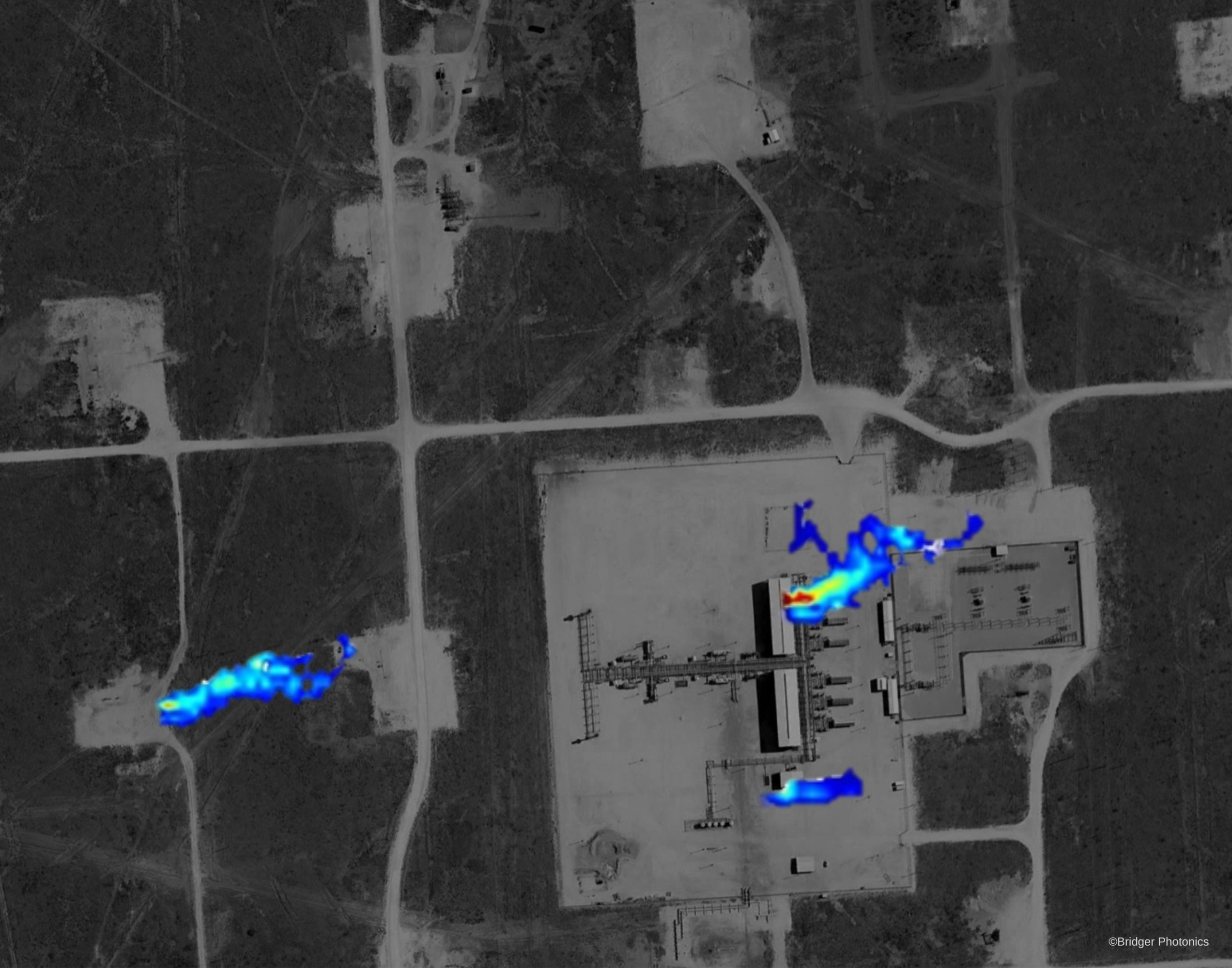The US government had a hand in creating some of the most iconic inventions of the last century, from personal computers to modern GPS. Now, it’s making a similar push for energy.
The agency behind those breakthroughs was the Defense Advanced Research Projects Agency, or DARPA. Founded in 1958 as part of the Department of Defense, DARPA funded research and shepherded defense-related technologies from idea to execution. It’s become a model worldwide for governments looking to support advanced research.
Drawing from DARPA’s blueprint, ARPA-E was created as part of the Department of Energy in 2007 to drive similar innovations in energy. Since then, it’s awarded over $3 billion in funding to over 1,400 projects in advanced energy research, and it’s helped bring innovative technologies to market. US Energy Secretary Jennifer Granholm has called it the government’s energy “moonshot factory.”
ARPA-E swore in its new director, Evelyn Wang, in January. Wang is taking leave from her position as head of the Department of Mechanical Engineering at MIT to steer the agency. We sat down to talk about what’s coming next for energy technology, what challenges lie ahead, and how to measure progress in early-stage research. Here are a few excerpts from our conversation, edited for clarity and length.
What do you see as ARPA-E’s role in advancing energy technology today, and how does it relate to the broader Department of Energy?
Energy technologies take sometimes a decade or so to be really deployed in a meaningful and impactful way. I think a lot of the work that the rest of the Department of Energy often focuses on has a road map, and they focus on the near-term wins.
We’re really focused on the high-risk, high-reward, potentially transformative energy technologies, and I think we span a pretty large space in terms of taking something from the fundamental aspects to the practical realization of a prototype that can be potentially commercialized in the future.
And so I think there are complementary aspects, but often we diverge because of the fact that we’re working on these really risky, longer-term technological innovations. That’s where ARPA-E is a huge force, because of the fact that we really take things that we don’t know if it’s going to work or not, but it potentially could transform the energy landscape. And that’s something I think that many other agencies don’t traverse.
What are some potential areas that are ripe for innovation in energy?
In the near term, we are thinking a lot about how we improve semiconductor materials, for example, to create a more capable grid. And we want to think about how we underground our grid—taking cables underground is really important in a lot of our recent efforts.
The ocean is an area that we’ve started exploring, and I think this is an untapped space in terms of funding support within the DOE enterprise. We’ve been thinking a lot about marine carbon dioxide removal techniques—validation and sensing is really critical to understand how much we’re actually capturing CO2 in the ocean. And I think there are other opportunities in terms of critical minerals right now, and how we could potentially harness critical minerals from the ocean.
How do you know if the agency is succeeding when you’re looking at these long-term technology plays?
We have impact metrics that we look at. We look at IP numbers, for example. We also look at the number of startups that are created, and how many IPOs, mergers, and acquisitions there are.
But I think one indicator of success beyond these numbers is the success of some of the companies that we’ve funded. So for example, I find a very compelling example is methane-gas-sensing technologies. Typically in the oil and gas industry, it required a person to go around with some sensing technology to manually find [methane] leaks from pipes.
There’s a company called Bridger, and they’ve taken advantage of a technology which is based on lidar. And what they can do is they can use this, with a drone, and they can fly it across pipes, and they have the sensitivity to identify exactly where the leaks are.
When we started this program, the oil and gas industry didn’t even know that this would be possible, even though it could save them tons of money. And the fact that now Bridger has this technology—it is a huge transformative opportunity for the oil and gas industry.

Now this company is making a profit. So that’s the first indicator of success, but also the story and the journey is also very valuable—the fact that the industry didn’t even know that they could have such a technology, and that now we’re at a point where they’re profitable, because there’s such a huge need in the industry for this.
What does the future of innovation in energy look like?
Right now is a critical time for energy, for our energy security, for climate. And when we think about what needs to happen by 2050 to meet our emissions targets, this is probably the most critical time.
Energy technologies—especially these out-of-the-box innovations, these transformational innovations—take time. When we think about that, we actually don’t have a lot of time, and we need to accelerate progress. And I think because we are an ideas factory, a moonshot factory, we need to be thinking bolder, and continue to think bolder and more ambitiously, and accelerate the time scales by which we can make an impact.
We’re only one part of the whole ecosystem when it comes to energy, and we need everyone to be engaged in these problems. We need innovators, we need investors, we need the academics, we need the government labs, we need everybody to be all in together for us to move forward in a way that can help save the world. So I think that it’s almost a call for more hands on deck so that we can do this together, because our future all relies on this.
